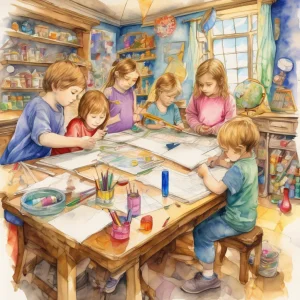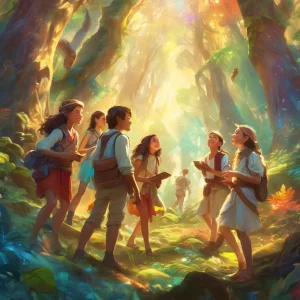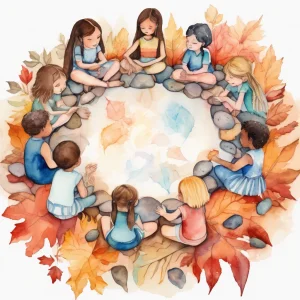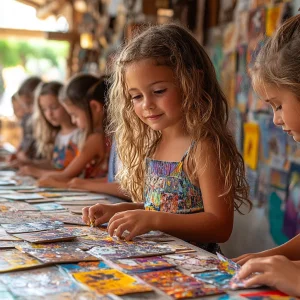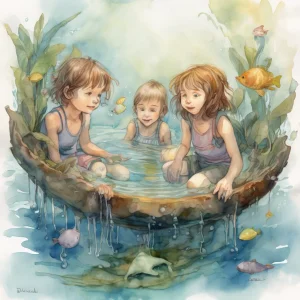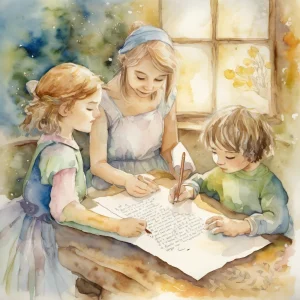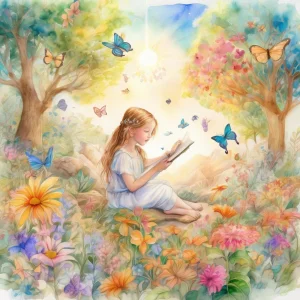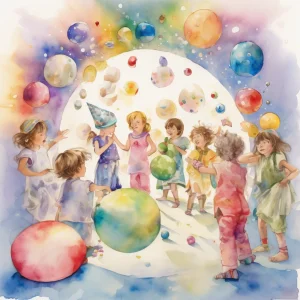Activity
Similar Activities
Ecosystem Adventure Board Game - Nature's Quest
Children’s Age: 7–9 years
Activity Duration: 10 – 25 minutes
An interactive board game where children explore and learn about ecosystems through challenges and tasks.
Activity Duration: 10 – 25 minutes
Enchanted Measurement Adventures: Measuring Real-World Objects Scavenger Hunt
Children’s Age: 5–10 years
Activity Duration: 10 – 20 minutes
An educational activity engaging children in measuring real-world objects through a fun scavenger hunt.
Activity Duration: 10 – 20 minutes
Enchanted Discovery: Nature Scavenger Hunt with a Twist
Children’s Age: 7–8 years
Activity Duration: 10 minutes
An outdoor educational activity for children aged 7-8 involving a nature scavenger hunt with historical items, leading to a nature collage creation.
Activity Duration: 10 minutes
Nature's Patterns: Exploring Geometric Symmetry Journey
Children’s Age: 4–6 years
Activity Duration: 10 – 15 minutes
Embark on the "Exploring Nature's Patterns" activity to discover geometric shapes and symmetry in nature. Children will enhance adaptive skills, language, and ecological awareness …
Activity Duration: 10 – 15 minutes
Cultural Collage Celebration: Embracing Diversity Through Art
Children’s Age: 6–10 years
Activity Duration: 15 minutes
Explore and celebrate cultural diversity with the "Cultural Collage Celebration" activity designed for children. Enhance academic skills by creating a collaborative cultural collag…
Activity Duration: 15 minutes
Animal Feast Adventure: A Whimsical Feeding Frenzy
Children’s Age: 5–8 years
Activity Duration: 10 – 25 minutes
An interactive activity where children feed toy animals with pretend food, promoting communication skills and adaptive development.
Activity Duration: 10 – 25 minutes
Nature's Objects: Exploring Buoyancy Adventure
Children’s Age: 6–7 years
Activity Duration: 10 minutes
An engaging hands-on activity for children aged 6-7 to explore buoyancy with natural objects.
Activity Duration: 10 minutes
Gratitude Journey: Writing Thank-You Notes Experiment
Children’s Age: 6–8 years
Activity Duration: 10 – 20 minutes
A creative activity for children aged 7-8 to write thank-you notes, enhancing cognitive and communication skills.
Activity Duration: 10 – 20 minutes
Cultural Creatures: Stop-Motion Animation Adventure
Children’s Age: 4–9 years
Activity Duration: 10 – 25 minutes
An interactive activity using technology to create stop-motion animations exploring plants and animals from diverse cultures.
Activity Duration: 10 – 25 minutes
Nature-Inspired Drawing Activity
Children’s Age: 8–9 years
Activity Duration: 10 – 25 minutes
An outdoor activity where children draw natural elements to foster creativity and ecological awareness.
Activity Duration: 10 – 25 minutes
Imaginary Adventures: Mini Bowling Feelings Story Game
Children’s Age: 2–5 years
Activity Duration: 10 minutes
An engaging activity promoting sensory development, creativity, reading, and storytelling.
Activity Duration: 10 minutes





